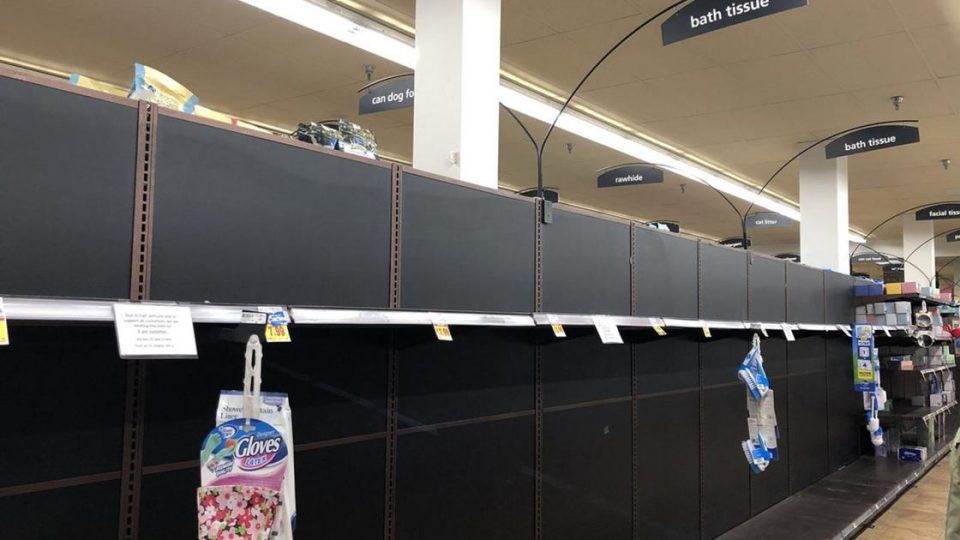The just-in-time model relies on using past data to forecast demand and flexible logistics networks to adapt to predicted shifts. It falls apart, however, when the unpredictable strikes on a global scale.
Nick Green, chief executive of Thrive Market, which sells mostly organic food and health products, said he has laid in extra supplies to prepare for this new wave of shopping.
“In an ideal world, and nine months ago, we were holding tens of millions of dollars less inventory than we are today,” Green said.
But the world changed in March. “We went through six months of toilet paper in about six days back in the first surge,” Green said. This time around, he has seen demand more than double just in the past week.
To prepare, Thrive went vertical in its warehouse for the first time. Historically, Green said, “our product is on the ground” for easy access. Now, “we not only need to use the 700,000 square feet of ground space but have stacked up multiple stories of pallets.”
Retailers have also gotten creative, cutting deals with lesser-known manufacturers that typically produce toilet paper and cleaning products for restaurants and office buildings to make more store-brand products, which can fill the shelves when name brands sell out.
“There’s a tremendous shift by the smart, strategic retailers in source of supply, drawing from excess inventory that was choking the food service and institutional manufacturers,” said Burt P. Flickinger III, managing director of the retail consultancy Strategic Resource Group. With most restaurants, hotels, offices and large venues closed due to the pandemic, that pivot has allowed the paper-goods market to meet elevated consumer demand.


